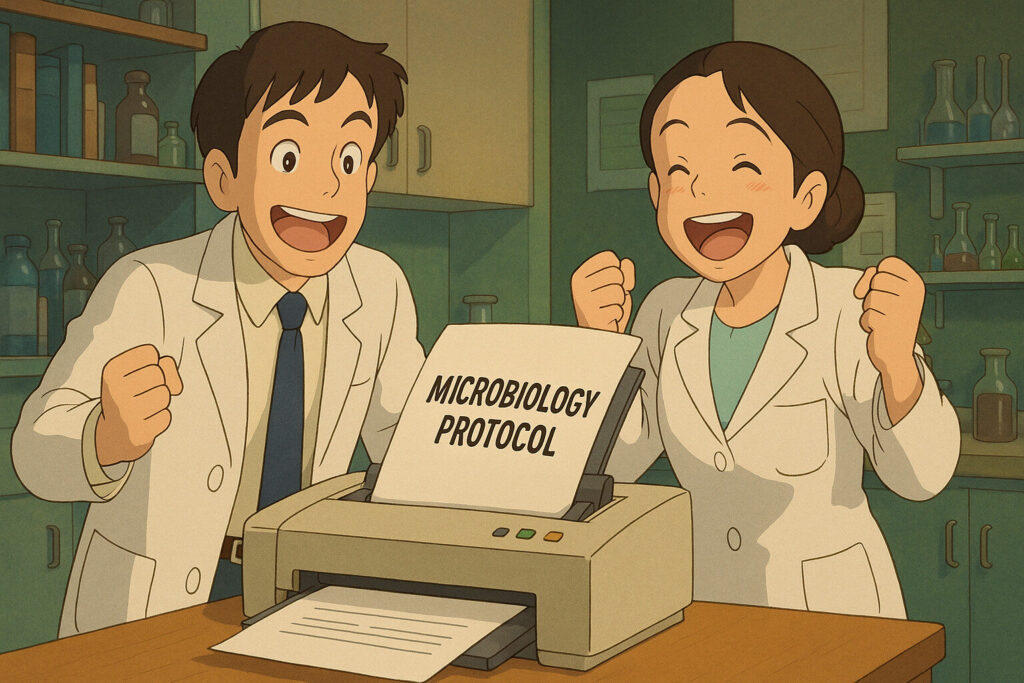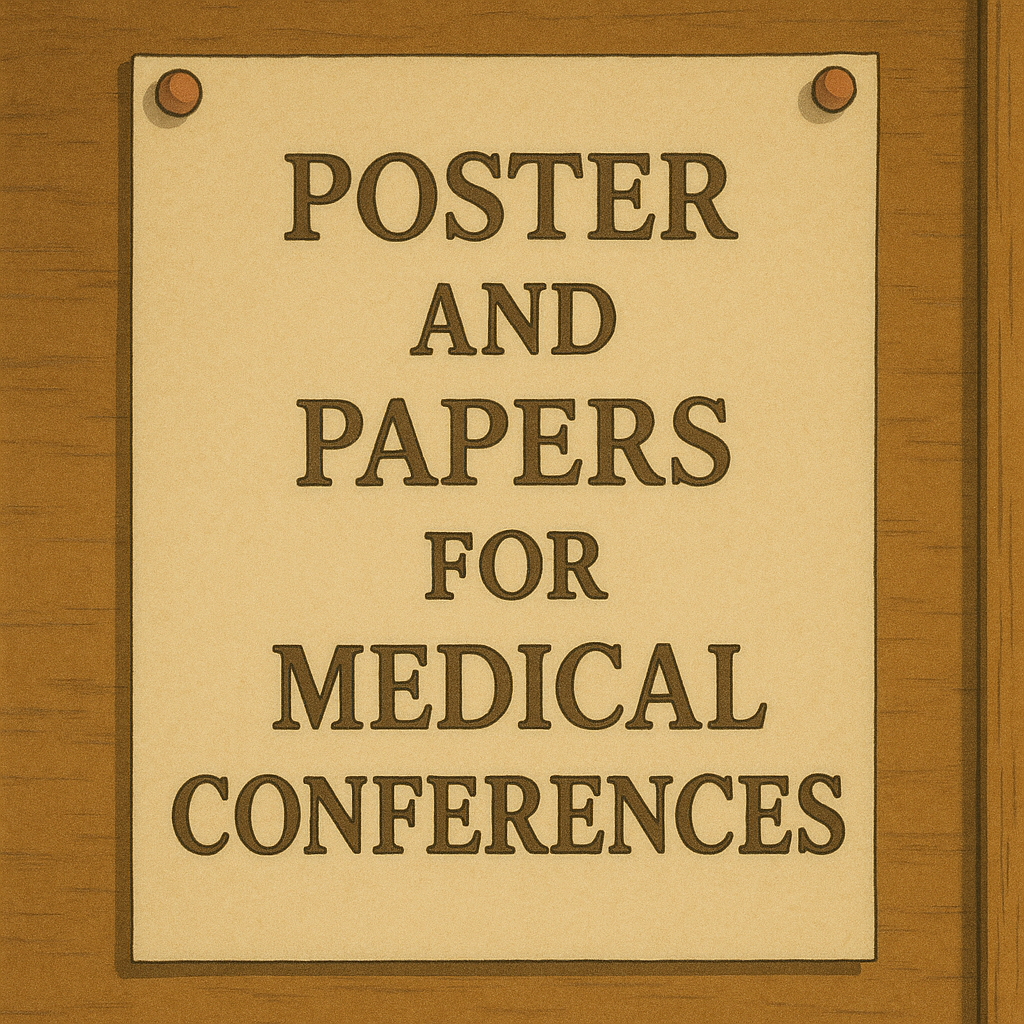MICROBIOLOGY PROTOCOL/SYNOPSIS

MICROBIOLOGY PROTOCOL/ MICROBIOLOGY SYNOPSIS
A Microbiology Protocol (also called a Microbiology Synopsis) is a structured plan for an MD, MS, or DNB thesis that outlines your study’s objectives, scope, and methods in investigating microbial pathogens, host responses, or laboratory techniques. A well-crafted Microbiology Protocol guides each step of your research and secures institutional approval.
Introduction to the Topic
Define the microbial parameter under investigation (e.g., bacterial isolates, fungal species, antiviral assays).
Specify the clinical or environmental context (e.g., bloodstream infections, hospital surfaces, wastewater).
Use both “Microbiology Protocol” and “Microbiology Synopsis” to refer to your document.
Demographics & Prevalence
Identify the affected population or sample source (age groups, hospital wards, community settings) and cite recent data on incidence or contamination rates.
Highlight regional, seasonal, or demographic factors that justify your Microbiology Protocol.
Gap in Existing Knowledge
Summarize current understanding of pathogen distribution, resistance patterns, or diagnostic accuracy and pinpoint unanswered questions (e.g., emerging resistance to last-line antibiotics).
Explain how your Microbiology Synopsis will generate new data to address these gaps.
Need and Rationale for Study
Explain why this research matters for postgraduate training (MD, MS, DNB) and for patient management or public health.
Outline limitations in existing laboratory methods or epidemiological data.
State potential impact on treatment guidelines, infection control practices, or further microbial research.
Mention alignment with national antimicrobial stewardship or global infectious disease priorities, if applicable.
Review of Literature
Historical Background: trace foundational developments in microbiology relevant to your topic (e.g., discovery of fermentation, Koch’s postulates).
Current State of Knowledge: summarize recent peer-reviewed studies on isolation techniques, resistance trends, or molecular diagnostics.
Key Findings: highlight methodologies (culture methods, MALDI-TOF, PCR) and major results.
Gaps in Literature: identify what existing Microbiology Synopses have overlooked.
Relevance: show how your Microbiology Protocol builds on and extends prior work.
Lacunae in Literature
List specific shortcomings or under-explored aspects (e.g., lack of local resistance data, absence of molecular typing).
Explain how your Microbiology Synopsis addresses each lacuna.
Materials and Methods
Source of Samples: clinical specimens (blood, sputum, urine), environmental swabs, or archived isolates.
Study Design: cross-sectional, case-control, prospective, descriptive—state clearly in your Microbiology Protocol.
Study Population/Samples: define inclusion and exclusion criteria (e.g., first-time isolates, patients without prior antibiotic exposure).
Study Period: precise start and end dates (mm/yyyy–mm/yyyy).
Sample Size Calculation: present the formula, parameters (expected prevalence or effect size, α, power), and final number.
Laboratory Procedures: step-by-step description of culture, identification, antimicrobial susceptibility testing, or molecular assays.
Quality Control: calibration procedures, use of control strains, repeat testing to ensure reliability.
Statistical Analysis: specify software, statistical tests (chi-square, logistic regression, survival analysis for time-to-event), and significance level (p < 0.05).
Ethical Considerations
Informed Consent: procedures for obtaining voluntary, written consent for use of clinical specimens.
Confidentiality: anonymization of patient identifiers and secure data storage measures.
Risk Minimization: biosafety protocols for handling pathogens and sharps.
Ethics Committee Approval: name of the Institutional Review Board and approval ID.
Limitations of the Study
Sample Constraints: limited availability of certain pathogen types or low colony counts.
Technical Variability: inter-laboratory differences or kit performance variability.
Selection Bias: referral patterns or exclusion of pretreated patients.
Generalizability: applicability of findings to other institutions or geographic regions.
Annexures
Consent Form: template ensuring participants provide informed permission for specimen collection and data use.
Patient/Participant Information Sheet: clear summary of study aims, procedures, risks, and benefits in lay language.
Data Collection Form: structured sheet for recording demographics, clinical details, isolate numbers, and laboratory results consistently.
Conclusion
A concise Microbiology Protocol (Microbiology Synopsis) tailored for MD, MS, and DNB postgraduate students meets academic standards and provides a clear framework for conducting and presenting your microbiological research. Cover each section above thoroughly to ensure scientific rigor and clarity



